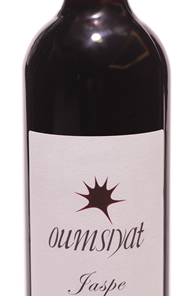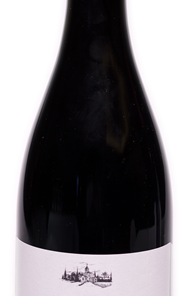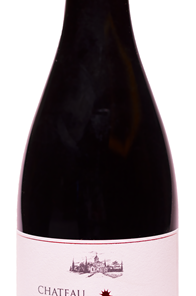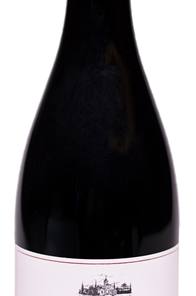Lebanon is one of the oldest sites for wine production in the world. The Phoenicians of its coastal strip were instrumental in spreading wine and viticulture throughout the Mediterranean in ancient times. Despite the many conflicts in the region, the country has an annual production of about 600,000 cases of wine. Recently the wines of Lebanon have seen a huge surge in popularity and the number of wineries went from 5 in 1998 to over 30 nowadays.
Production HistoryEffect of ConflictGrape Varieties
Once Lebanon became part of the Caliphate wine production declined, although under the millet system it was tolerated among the Christian population for religious purposes. The Christians also developed Arak, an ouzo-like spirit flavoured with aniseed.
Winemaking was revivied in 1857, when Jesuits planted Cinsault vines from Algeria at Chateau Ksara near Zahlé in the Beqaa Valley. In 1868 a French Engineer, Eugène François Brun, established Domaine des Tourelles and others followed, notably Gaston Hochar’s Chateau Musar in 1930.
The French influence between the two World Wars promoted a culture of wine drinking, as did the sophisticated Mediterranean culture of Beirut at the time.
Winemaking was revivied in 1857, when Jesuits planted Cinsault vines from Algeria at Chateau Ksara near Zahlé in the Beqaa Valley. In 1868 a French Engineer, Eugène François Brun, established Domaine des Tourelles and others followed, notably Gaston Hochar’s Chateau Musar in 1930.
The French influence between the two World Wars promoted a culture of wine drinking, as did the sophisticated Mediterranean culture of Beirut at the time.
The end of the conflict in the 1990’s brought a new momentum to viticulture in Lebanon. The 2006 conflict did not really change the trend even if some wineries were on the edge of missing the harvest (Ksara) and suffered collateral damage. However, the media coverage translated into surge in demand during the fighting as British buyers in particular bought Lebanese wine as a mark of solidarity.
Lebanese winemakers have favoured French grapes, in particular Cabernet Sauvignon, Merlot and the Rhone varietals such as Cinsaut, Grenache and Carignan. However, Lebanon has a rich heritage of indigenous grapes which are attracting more attention: Musar White for example is made from a blend of Obeideh and Merwah.
Bekaa Valley
£10.95
Bekaa Valley
£12.25
Lebanese Wine
£18.35
Lebanese Wine
£15.75
Lebanese Wine
£14.85





